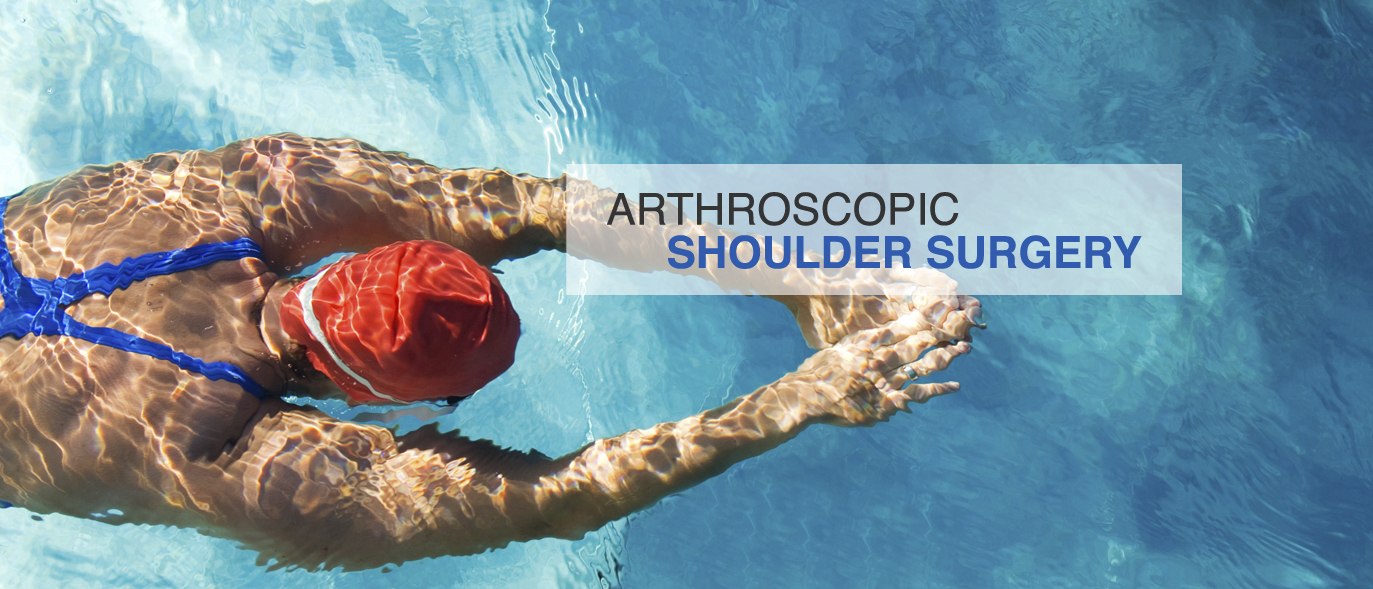SLAP Lesions / Biceps Injury
- SLAP Lesion (Superior Labrum Anterior Posterior)
- Biceps Injury
SLAP lesions are a labral injury. (The labrum is the cartilage ring surrounding the shoulder socket.) SLAP lesions may be an incidental finding in patients greater than 40 years old. Younger patients with slap lesions may present with a spectrum of symptoms including pain, catching, or feelings of shoulder instability. Several mechanisms of injury have been described. SLAP lesions may occur with repetitive overhead activity, such as throwing, or may occur acutely as in diving, falling, or in motor vehicle accidents. Though several physical exam tests have been described, findings are often nonspecific. MRI study may be required for diagnosis. Persistent symptoms require arthroscopic intervention. Historically four types of SLAP lesions have been described. Types I and III require arthroscopic debridement (shaving). Types II and IV require arthroscopic repair. Type II and IV slap lesions imply injury to the biceps’ attachment on the glenoid. Postoperative physical therapy duration is dependent upon the specific slap lesion type.
Biceps injury may occur in association with a SLAP lesion (see above). Biceps injury may also occur in association with impingement / rotator cuff tears (see rotator cuff). Isolated biceps injury include a spectrum of disorders from biceps tendonitis to complete biceps tendon tearing. Biceps injury may be treated with anti-inflammatory medication and physical therapy. Some biceps injuries require surgery. Complete biceps tendon disruption may require arthroscopic / open repair depending on the patients symptoms and age.







